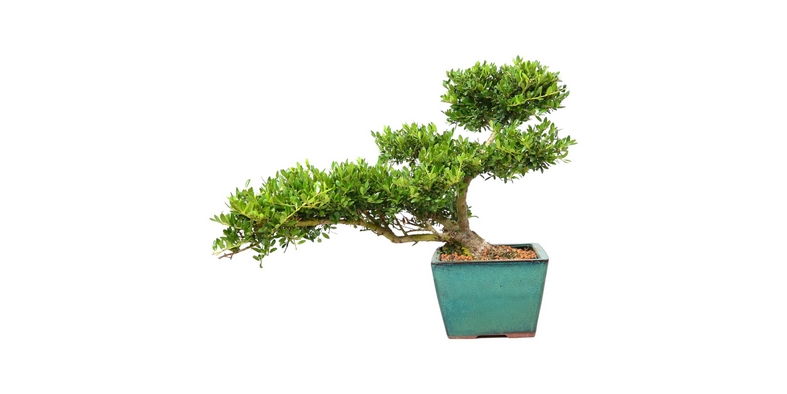
Common Name: Ilex
Scientific name: Ilex sp
Characterization: From China and Japan, it belongs to the family of Aquifoliáceas. It is widely used to make ornamental hedges, since it is well to fold strong pruning.
In Bonsai the most widely used varieties are Ilex Microphyla and Ilex Crenata. It is a persistent leaf tree, small of dark green tone.
It aesthetically looks great in different styles and sizes. It is widely used in small plants, given the size of the leaf and ease with which compact.
Location: Outside, where take 2 to 3 hours of direct sun per day (ideal in the morning or late afternoon), protected from strong winds and frosts.
Watering: To water abundantly the earth until a lot of water goes out through the drain holes in order to moisten evenly the soil, always above never by immersion, with a fine drain waterer.
Tips on watering, see irrigation technical data sheet.
Let slightly dry the surface layer of the soil between each watering (to confirm if the plant already needs water, touch the earth with the fingers).
If you have a dish under Bonsai, never leave any water in it (to prevent the roots from rotting).
There is no advantage in spraying the leaves, just do it in the days when it adds up and if the fertilizer goes for foliar application, but ensure that they arrive dry at night to avoid fungi.
Nutrition: From February to October/November, with a base plan composed of, a complete fertilizer (FFertil Bonsai Humic, or Green & Gold Bonsai Organic or Biogold), and a biostimulant throughout the year (Bio Bonsai Activ), can still be linked with other products in our range.
Detailed information on how to combine these products the rest of our range, or for a more specific nutrition plan, see complete nutrition plan technical sheet.
Poda: Usually they grow 6 to 8 leaves and are cut by the first, but responds well to strong prunings of formation.
Tips on pruning, see the technical sheet pruning and defoliation.
Transplant: With Terra Bonsai Folhosas in February/March, when it starts sprouting, make a formation pruning along with the transplant to balancing the plant hydraulically.
Details about transplantation, post transplantation and specific fortifiers that you can use refer to repotting technical sheet.
Scratch: It can be crushed at the end of the early winter of spring. Given the difficulty in spreading between the leaves, it sometimes becomes necessary to partially defoliate for the wire to pass.
Indications on padding, see wiring technical sheet.








